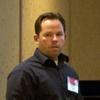Taking Measure
Just a Standard Blog
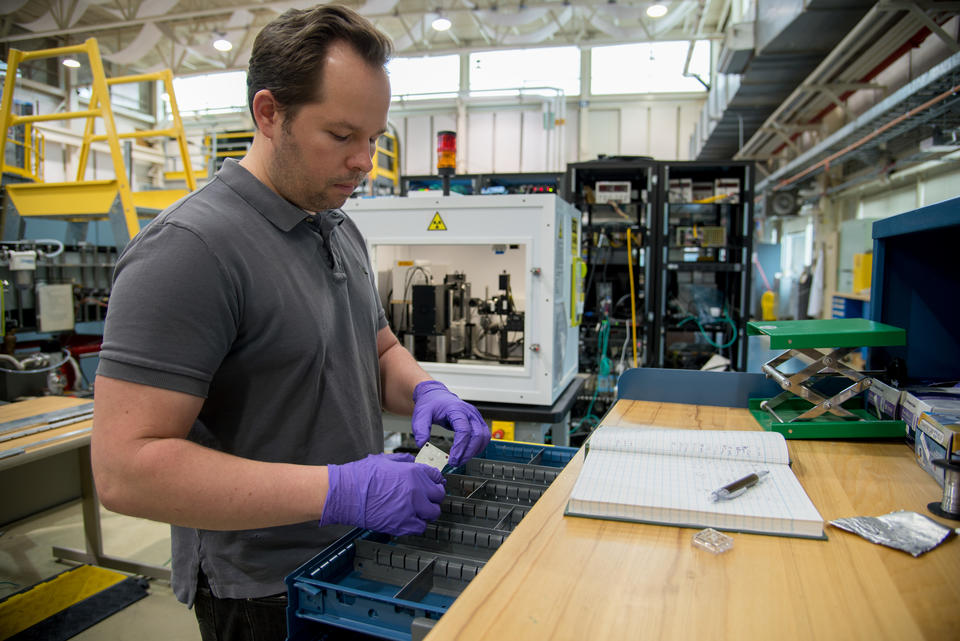
Need a high-temperature superconductor? I've got some right here.
One of my favorite things about being a condensed matter physicist is how broadly defined the subject is. There are lots of interesting phenomena begging for scientific attention, so it’s never boring. One of my favorite topics lies at the crossroads of magnetism and superconductivity.
Magnets have been with us for millennia, and we’ve known about superconductors for a century. Magnets are everywhere: inside refrigerators, computers, cell phones, audio speakers, cars, and compasses, which are what people used together with a map to get around before we all had GPS.
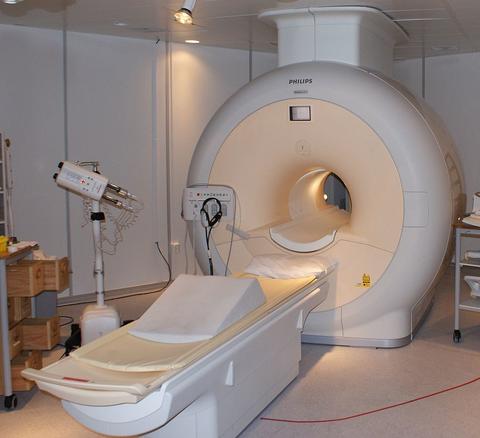
Superconductors, materials that conduct electricity without resistance, are also everywhere, though not as many places as we might like. If you have ever had an MRI, you were inside a supercooled cocoon of superconducting coils, which generate the large magnetic fields necessary to make the hydrogen atoms in your body emit radio waves that we use for imaging.
You may ask, “If these materials are so well known, why are physicists still studying them?” Well, for one thing, we could use better magnets to make energy-efficient, high-capacity data storage devices. Superconductors, if we could get them to work at room temperature, could make the transmission of electricity much easier and cheaper. But before we can make new and better magnets and superconductors, we need to understand their fundamentals better.
Common Origins
Even though we’ve known about magnets for a while, they can still surprise us. What we colloquially call a magnet is a material that generates an external magnetic field with a north and south pole. We call magnets that do this ferromagnets. In a ferromagnet, all the electrons’ spins, which you can think of as microscopic bar magnets, are aligned. The alignment of all these tiny magnets in one direction or another leads to a large-scale magnetic field. This is a bit of a circular explanation, but a better description of the spin requires quantum mechanics and special relativity, so let’s leave it there. At the root of both magnetism and superconductivity are electrons. The interactions between electrons determine how atoms in materials arrange themselves into a stable structure. These interactions can result in different large-scale properties such as metallic conductivity, which is useful for good electrical wiring, piezoelectricity, which we exploit in actuators and quartz watches, as well as magnetism, superconductivity, and so on. Whereas engineers and materials scientists may be worried about optimizing a material for a specific application, in condensed matter physics, we primarily concern ourselves with how large-scale properties in the materials emerge from the different electron configurations, and we are always on the lookout for new and interesting effects.
To a physicist, a magnet is simply a material in which any spin configuration is locked. The spins of neighboring electrons do not need to be perfectly parallel. In some cases, the orientation of the spins may slowly change direction over hundreds or thousands of electrons, which leads to helical or chiral magnetism and magnetic objects called skyrmions. These kinds of magnets are now being investigated for possible uses in data storage. If we take the misalignment even further, we get antiferromagnets where neighboring spins point in opposite directions. Here, the magnetic fields effectively cancel out, such that a chunk of antiferromagnet will not stick to your refrigerator door. Without the right tools, you wouldn’t even know an antiferromagnet was magnetic.
If we take the misalignment even further, we get antiferromagnets where neighboring spins point in opposite directions. Here, the magnetic fields effectively cancel out, such that a chunk of antiferromagnet will not stick to your refrigerator door. Without the right tools, you wouldn’t even know an antiferromagnet was magnetic.
The Breakdown
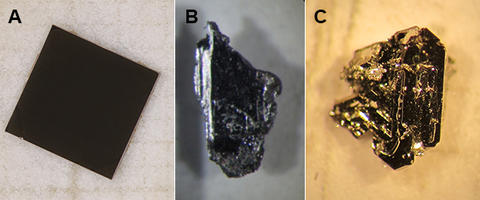
Our understanding of superconductivity changed dramatically in the 1980s with the discovery of the copper oxide family of superconductors, some of which operate at temperatures greater -123 °C (-190 °F). That’s still very cold, but it’s a big jump toward room temperature. One of the most important differences between the copper oxide superconductors and the older, conventional superconductors is that the copper oxide materials are, effectively, electronically modified antiferromagnets.
Most materials are not magnets because it’s relatively easy to disrupt the cooperative behavior of electrons’ spins. Even magnetic materials can be made nonmagnetic without much trouble. For instance, heating a material above a certain critical temperature gives its electrons the energy they need to stop cooperating and spin to the beat of their own drum. You can see this for yourself by heating up a magnetized screwdriver.
Another way to break magnetism is chemically. If you methodically swap out the atoms of one of the constituent elements for another, you can modify the electron interactions and weaken the material’s magnetic order. Exotic quantum critical effects sometimes occur when magnetism is suppressed this way. One of the most intriguing—and actively sought after—of these is the emergence of superconductivity in certain cases.Most materials are not magnets because it’s relatively easy to disrupt the cooperative behavior of electrons’ spins. Even magnetic materials can be made nonmagnetic without much trouble. For instance, heating a material above a certain critical temperature gives its electrons the energy they need to stop cooperating and spin to the beat of their own drum. You can see this for yourself by heating up a magnetized screwdriver.
Like magnetism, superconductivity is a cooperative configuration of electrons that can be destabilized by temperature, and for a long time it was only seen at temperatures lower than a brisk -253 °C (-420 °F). Strangely, although we can use superconductors to generate large magnetic fields, like those we need for MRI machines, they can be thought of as “anti-magnets.” While superconductors push out small magnetic fields, they can’t cope with larger fields, and the superconductivity will eventually vanish if you try to force too much current through them.
These limitations are why we’re looking for new materials that can remain superconductive in the presence of both high temperatures and magnetic fields.
The Intersection
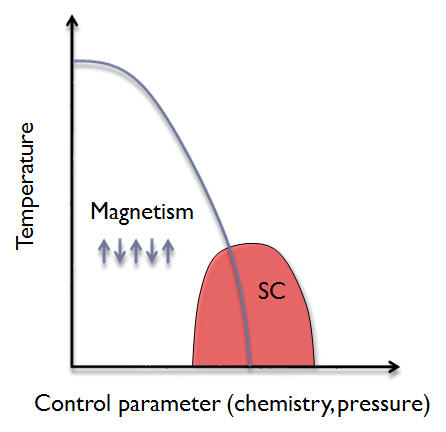
This was the first time it was clear that the “rules” about magnetism and superconductivity not coexisting could be broken. Our understanding of superconductivity changed dramatically in the 1980s with the discovery of the copper oxide family of superconductors, some of which operate at temperatures greater -123 °C (-190 °F). That’s still very cold, but it’s a big jump toward room temperature. One of the most important differences between the copper oxide superconductors and the older, conventional superconductors is that the copper oxide materials are, effectively, electronically modified antiferromagnets.
We saw these rules broken again in 2008 with the discovery of “high-temperature” (-218 °C or -360 °F) superconductors in a new class of materials called iron pnictides. Together with the copper oxides, these iron superconductors have the highest current operating temperatures at atmospheric pressure. (Hydrogen sulfide was recently found to become a superconductor at -70 °C or -94 °F, but at more than 1 million times atmospheric pressure—pretty crushing). Although physicists still argue about the details, it now seems we can say that being close, but not too close, to magnetism can enhance superconductivity.
The Search Continues
I am an experimentalist, which means that I get my hands dirty. One of my favorite activities is synthesizing new materials—none of these exotic systems I’ve discussed are naturally occurring—and it’s a pretty nice feeling when you realize that you’ve made a brand-new superconductor.
Most condensed matter experimental work is small-scale, benchtop science. My colleagues and I perform measurements to characterize properties like the flow of electrical current and the response to applied magnetic fields. Sometimes, though, you have to go big. At the NIST Center for Neutron Research, our specialized reactor generates neutrons that we use to study the electron spins in matter, offering microscopic insight into the magnetic interactions present in these weird materials.
Over time, a general picture of how these things work is slowly emerging. The search for a room-temperature superconductor is the holy grail of condensed matter physics. I am optimistic that we will get there in my lifetime, but regardless of whether we do, that quest is what gets me out of bed in the morning.


